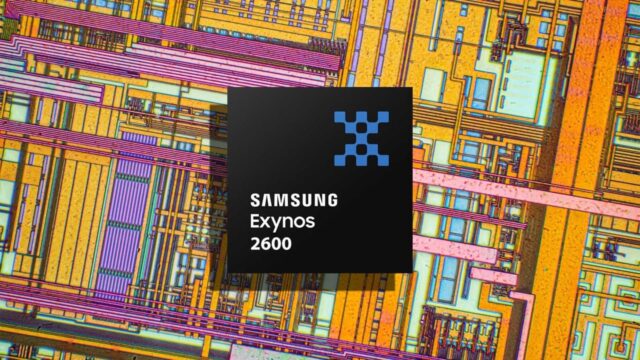Leaks surrounding Samsung’s next flagship series, the Galaxy S26, are relentless. Recent reports suggest that Samsung may shift its traditional launch schedule, postponing its Unpacked event by about a month. This delay is due to a focus on artificial intelligence (AI) and changes to its model strategy.
Unpacked Event in San Francisco
According to a Korean technology source, Samsung plans to hold its Galaxy Unpacked event, where it will unveil the Galaxy S26 series, on February 25th. This date represents a significant delay from Samsung’s usual mid-January launch schedule.

The event is expected to be held in San Francisco, a hub for artificial intelligence, as an “AI-focused showcase.” A source close to Samsung’s plans explained, “Samsung is preparing for its first San Francisco Unpacked event in three years since the S23 launch,” adding:
“Since San Francisco has become a hub for artificial intelligence technology, it’s the perfect location for Samsung, a pioneer in the AI smartphone era, to hold its event here.”
One of the main reasons for this delay is thought to be Samsung’s recent adjustments to its model strategy. Previous reports suggested that the Galaxy S26 Plus would be replaced by the Galaxy S26 Edge. However, due to the Edge’s lower-than-expected sales performance, Samsung has apparently decided to reintroduce the Plus model to the lineup.
In this case, the Galaxy S26 series will return to its familiar triple-core system:
- Galaxy S26 (Standard Model)
- Galaxy S26 Plus
- Galaxy S26 Ultra
The most striking claim in the report is that the majority of the series, including the Galaxy S26 Ultra, will be powered by Samsung’s in-house Exynos 2600 chipset. This marks the first time an Exynos chip has been used in an Ultra model since the Galaxy S22 series.
However, Samsung will continue its dual-chip strategy as in previous years. This means that in some markets, users will be able to purchase models featuring Qualcomm’s new Snapdragon 8 Elite Gen 5 processor instead. The regional divisions Samsung will use in which regions are expected to follow the same pattern as previous generations.













